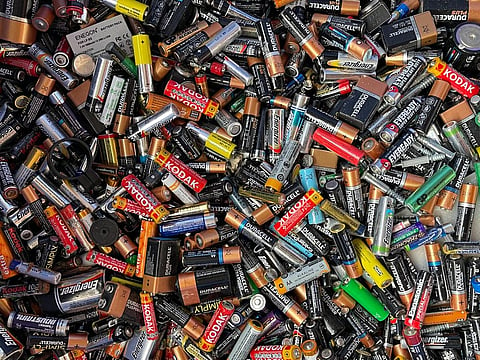Categorized as hazardous and non-hazardous E-Waste includes ferrous and non-ferrous metals like copper, aluminum, silver, gold, platinum, palladium, etc., plastics, glass, wood, and plywood, printed circuit boards, concrete, ceramics, and rubber. It is the presence of elements like lead, mercury, arsenic, cadmium, selenium, hexavalent chromium, and flame retardants that makes E-Waste risky. Containing over 1000 different substances, with several being highly toxic, E-Waste disposal creates serious pollution.


